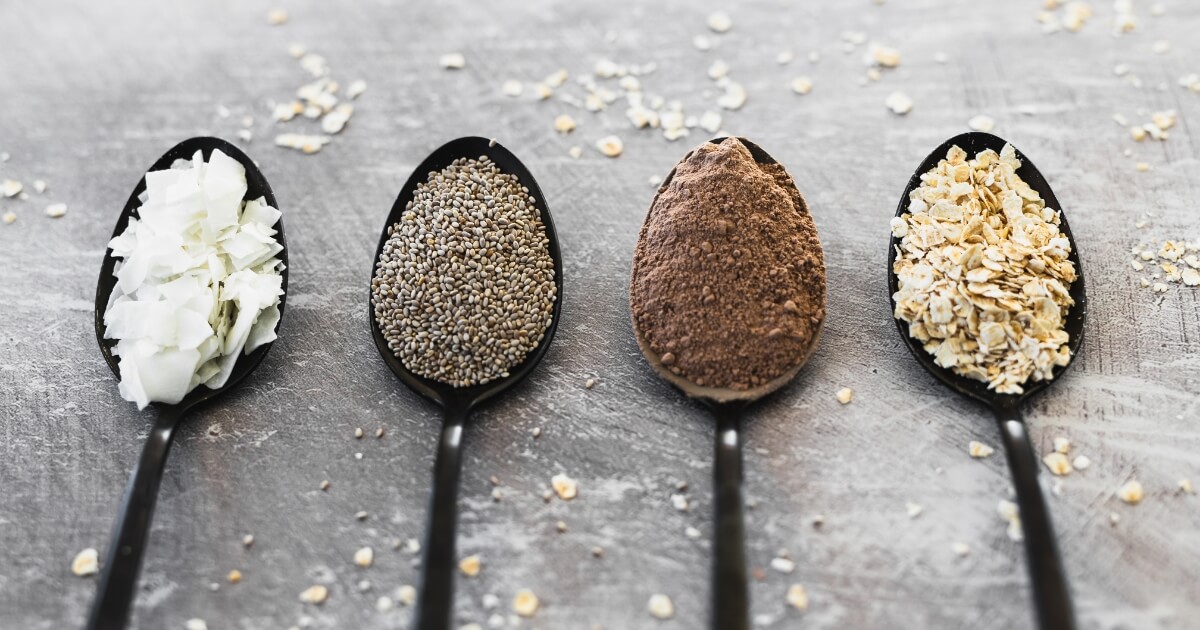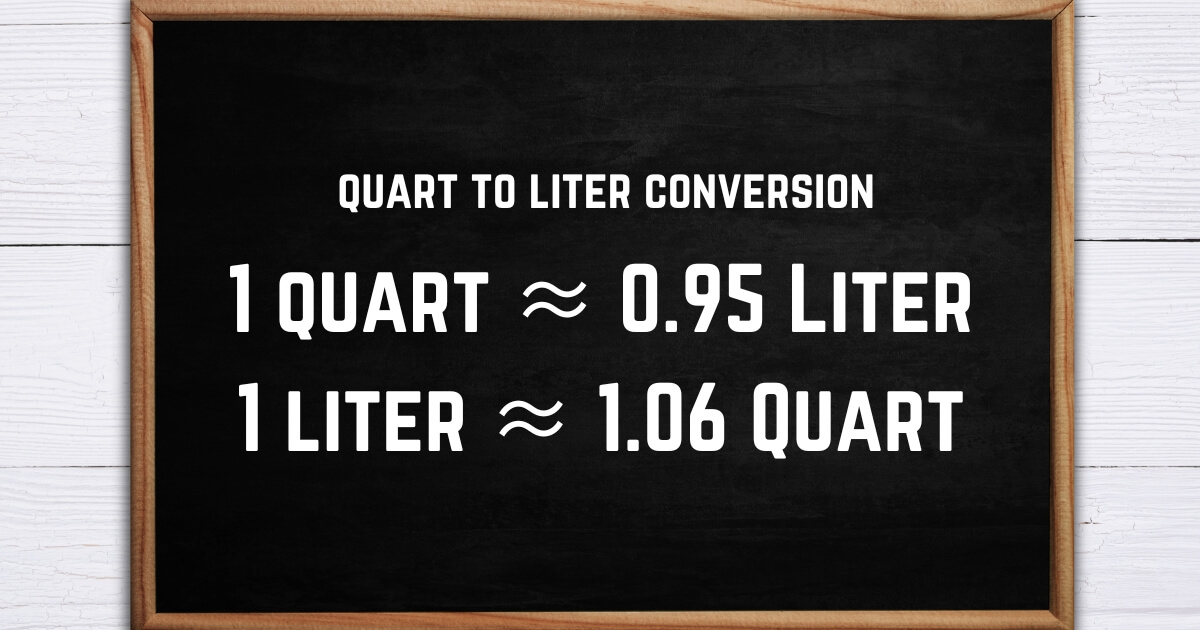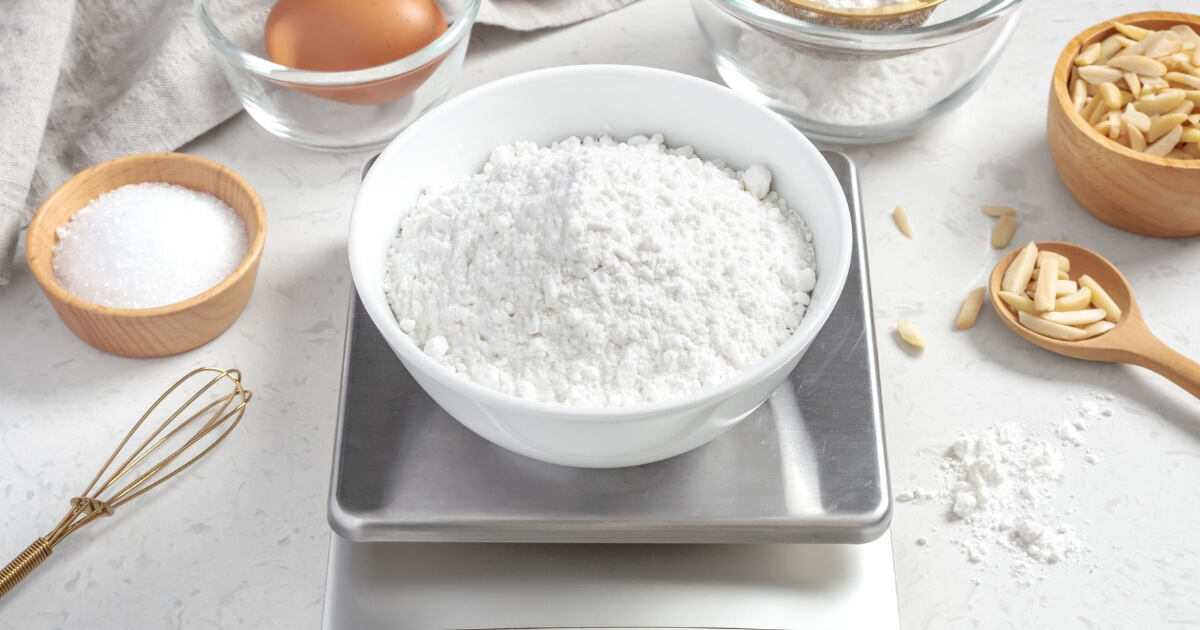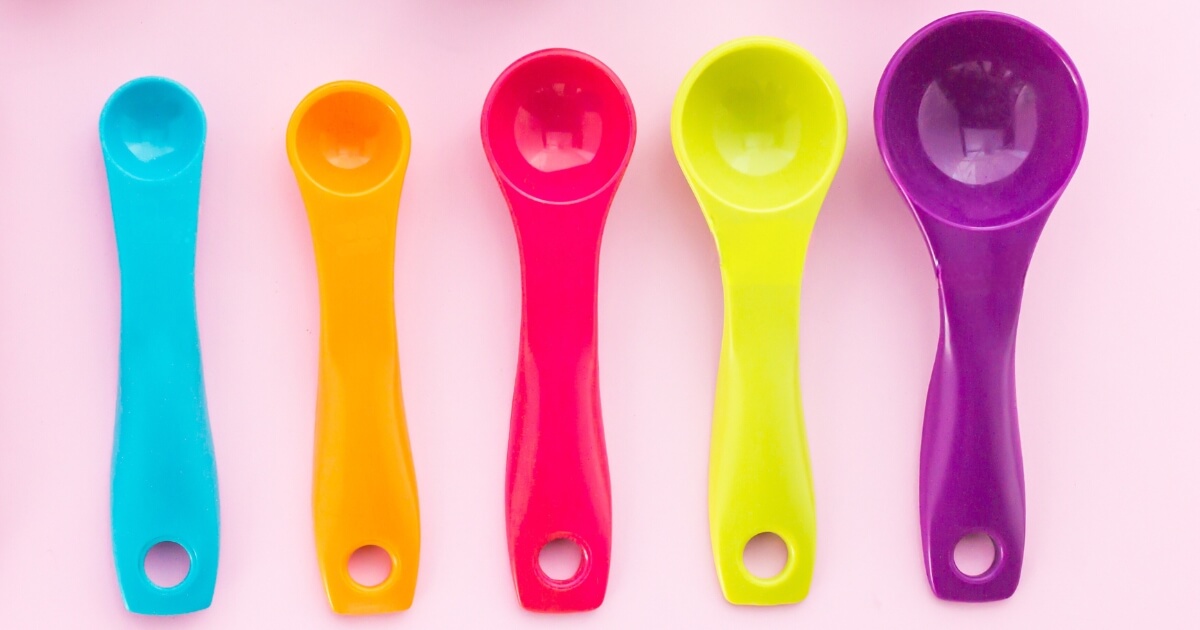Getting the hang of converting tablespoons to ounces isn’t always a walk in the park. Ounces can be tricky since there are fluid ounces for liquids and regular ounces for dry ingredients.
In this guide, we’re going to simplify all that. I’ll walk you through the basics, give you a quick conversion guide, and make sense of these measurements in a way that’s as simple as making toast.

Tablespoon-to-Ounce Conversion
This will be your go-to guide for converting tablespoons to ounces, making it super easy to reference while you’re in the middle of cooking.
| Tablespoons (Tbsp) | Fluid Ounces (fl oz) | Approximate Dry Ounces (oz) |
|---|---|---|
| 1 | 0.5 | 0.4 – 0.5 |
| 2 | 1 | 0.8 – 1 |
| 3 | 1.5 | 1.2 – 1.5 |
| 4 | 2 | 1.6 – 2 |
| 6 | 3 | 2.4 – 3 |
| 8 | 4 | 3.2 – 4 |
| 10 | 5 | 4 – 5 |
| 12 | 6 | 4.8 – 6 |
Note: The dry ounce measurements are approximate. For precise measurements, especially for baking, you should use a kitchen scale.
Tablespoons vs. Ounces
Let’s break down these units to make sure you’re on track:
Tablespoons: This is a go-to measurement for both liquids and dry ingredients. Each tablespoon is about 14.8 milliliters. It’s a handy unit, especially when you need to measure smaller amounts accurately.
Fluid Ounces: Here, we’re dealing with volume, specifically for liquids. One fluid ounce is roughly 29.6 milliliters. Remember, this is different from the ounce that measures weight.
Dry Ounces: Now, this is about weight. When your recipe calls for an ounce of flour or sugar, it’s referring to their weight. This can be a bit tricky because different ingredients have different densities, so their weight can vary even if the volume is the same.
Conversion Examples Of Different Ingredients
Let’s put our conversion know-how into real-life kitchen scenarios.
| Ingredient | Volume (1 Tbsp) | Weight (1 Tbsp) in Ounces (oz) |
|---|---|---|
| Water | 0.5 fl oz | 0.5 oz |
| Flour (all-purpose) | 0.5 fl oz | 0.25 – 0.3 oz |
| Sugar (granulated) | 0.5 fl oz | 0.4 oz |
| Butter | 0.5 fl oz | 0.5 oz |
| Honey | 0.5 fl oz | 0.75 oz |
| Milk | 0.5 fl oz | 0.5 oz |
| Olive Oil | 0.5 fl oz | 0.5 oz |
| Cocoa Powder | 0.5 fl oz | 0.25 oz |
Here are two practical examples:
1. Adapting Recipes
Imagine you have a British recipe that calls for 100 milliliters of milk. In the U.S., you’d use tablespoons. Convert 100 milliliters to fluid ounces (about 3.4 oz), then double that to get tablespoons – roughly 6.8, or what I would call 7 tablespoons.
2. Baking
Say a cake recipe needs 4 ounces of flour. If you don’t have a scale, you might use the rough conversion of 2 tablespoons per ounce as a starting point. But remember, for baking, weighing is always more precise.
From tweaking international recipes to getting your baking measurements just right, the knowledge of converting tablespoons to ounces will help you with various cooking challenges with confidence.
As you continue to use these conversions, they’ll become second nature, making your time in the kitchen more efficient and enjoyable.









